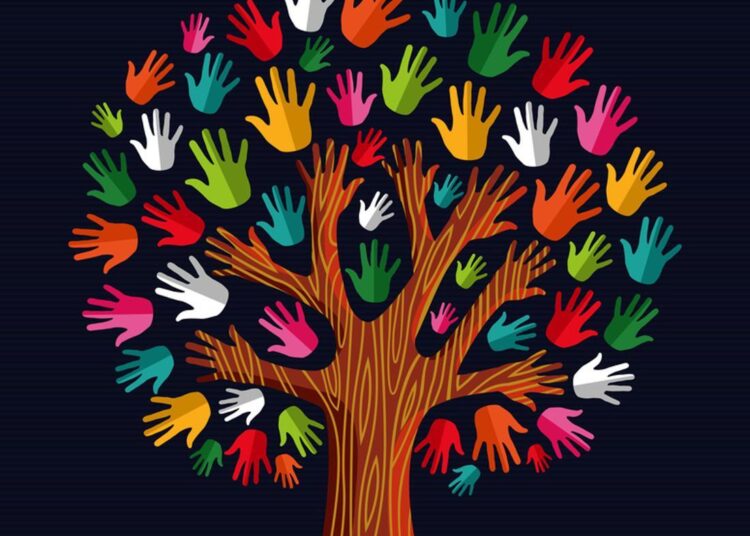Tuesday January 23 at 9:00 am Pacific Time
Guest Speaker: Alex Kozulin, Professor and Head of the Masters of Education Program in Special Education at Achva Academic College, Israel and the Academic Director of International Research and Training at the Feuerstein Institue, Israel.
Summary:
The culturally specific character of the leading activities model finds its expression in presenting the developmental event as a joint action in which the child’s emerging abilities (sensory, motor, cognitive, and emotional) meet the socioculturally constructed activities (different forms of play, formal learning, social group activities, work, etc.) provided by a given community. In our session, we will consider how the leading activities identified by Alex Kozulin contribute to the development of imagination and creativity. And how this development loops back and contributes to child development at different age
Reading:
Alex Kozulin, The Cultural Mind. Cambridge University Press, 2024.
From Chapter 4: “Leading Activity and Child Development”
Though at given age children are involved in various activities, it is still possible to argue that for each developmental period, there is one leading activity. The role of leading activity is to develop some of the core psychological functions that are most important at a given stage of child development. Unlike such popular developmental models as that of Piaget that present developmental stages as universal, the leading activities model is culturally specific. In the form presented here, it applies only to child (and adult) development in industrialized societies that have a formal educational system. The culturally specific character of the leading activities model finds its expression in presenting the developmental event as a joint action in which the child’s emerging abilities (sensory, motor, cognitive, and emotional) meet the socioculturally constructed activities (different forms of play, formal learning, social group activities, work, etc.) provided by a given community. As a result of such a meeting, the child’s abilities mature in the direction supported by the community while simultaneously paving the way to the child’s transition to the next developmental period.
During each one of the developmental periods, the progression of the child’s cognitive and interpersonal skills leads to the formation of a new motive that corresponds to the new leading activity in the next developmental period. For example, the emotional component is central during the earliest period in child development, while the manipulation of objects (toys) plays a sub-dominant role. Gradually, however, the object-centered joint activity with adults becomes a new motive of the child and at a certain moment assumes the role of the leading activity while the emotional contact becomes sub-dominant. Similarly, the leading activity of object-centered play gradually prepares the child for the transition to sociodramatic play. While during the first of these two periods, manipulation with a toy car is focal, in the second period the imaginary role of a driver becomes the main interest of the child, with a toy car relegated to the sub-dominant role of one of the play’s physical prompts. Sociodramatic play has an important role in preparing children for formal education. On the one hand, symbolic aspects of such a play enrich children’s ability to assign certain meanings to objects beyond their
superficial physical properties. The development of play-based imagination will pay off later via children’s emerging ability to use written texts for imagining remote places, different historical periods, or unobservable physical conditions. Moreover, sociodramatic play “teaches” children how to switch from one role to another, for example, from the role of a truck driver to that of a policeman, and then back. Such flexibility in switching roles will become indispensable when children enter a formal education framework and had to switch from the family-based role of a son or daughter to the role of a pupil.
In societies with formal education systems, the leading activity during the period approximately coinciding with elementary school age is the activity of formal learning. Formal learning as a leading activity should be distinguished from the generic form of learning. Generic learning is ubiquitous at every stage of child (and adult) development. Generic learning is an integral part of other activities, such as emotional interaction, play, work, etc. However, according to the leading activity model only during the period of formal education learning becomes a leading activity. The specificity of this period is determined by the fact that the goal of formal learning is to transform a child into a self-directed learner. The main goal of formal education is in helping the child “learn how to learn”. Learning here is not a supporting element of some other activity; the products of formal learning: written essays, solved math tasks or results of lab experiments do not have any value in themselves but only a means for the transformation of a child into a “universal learner”, a learner who can learn anything. This feature of formal learning becomes particularly relevant in the context of the fundamental uncertainty regarding the future occupations of children who started their formal education in the 21st century. The most valuable skill that they can acquire at school is the ability to learn something new and unpredictable. Some of the practical educational applications of this type of leading activity are discussed in Chapter 5 of the book.
Though we will focus mainly on the two types of leading activity, sociodramatic play, and formal learning, it is important to understand that the leading activity model assumes that formal learning does not remain the leading activity for the entire period of schooling. Already at the middle school age, the youngsters’ leading activity shifts from that of formal learning to the activity of interpersonal relationships leading to the formation of the youngster’s mature personality.
Such a shift creates a problem for an educational system that is rather uniformly built around learning tasks, while the students focus on interpersonal relationships. We will discuss how more flexible forms of learning, such as projects, may utilize the students’ desire for interpersonal interaction as a motor for their further scholastic development.
